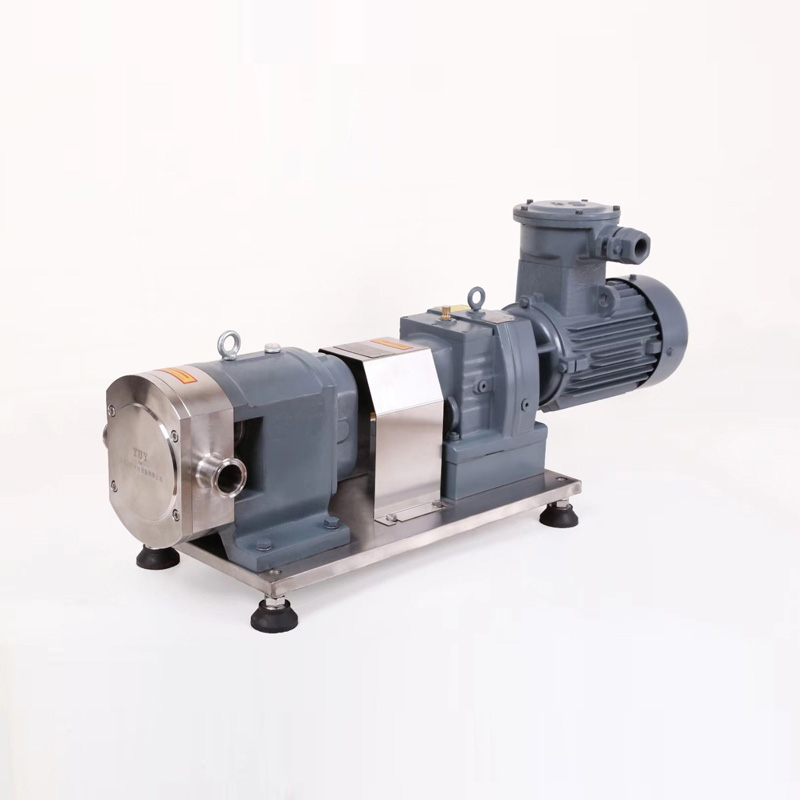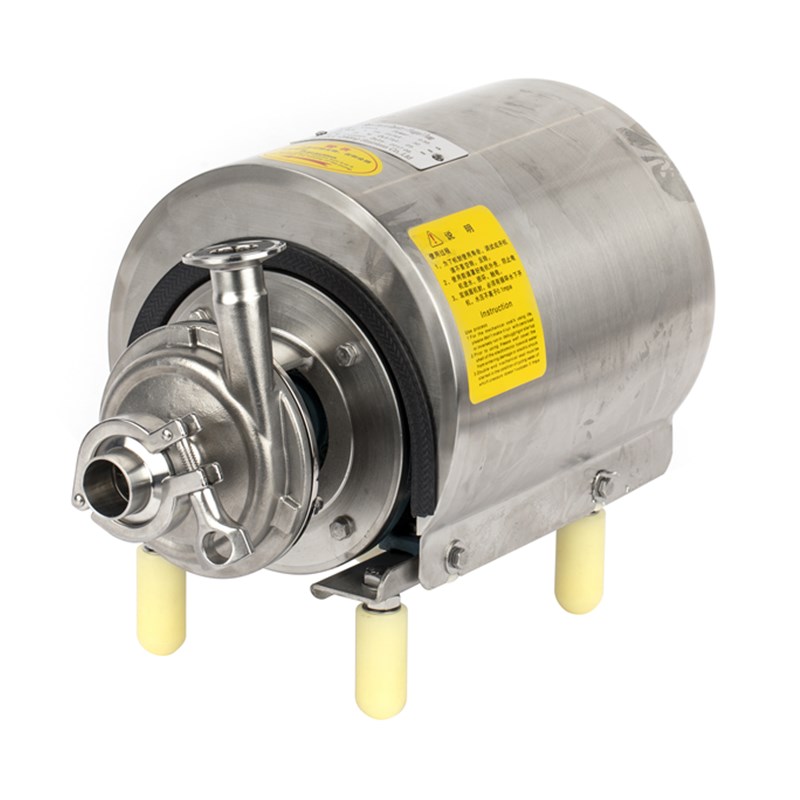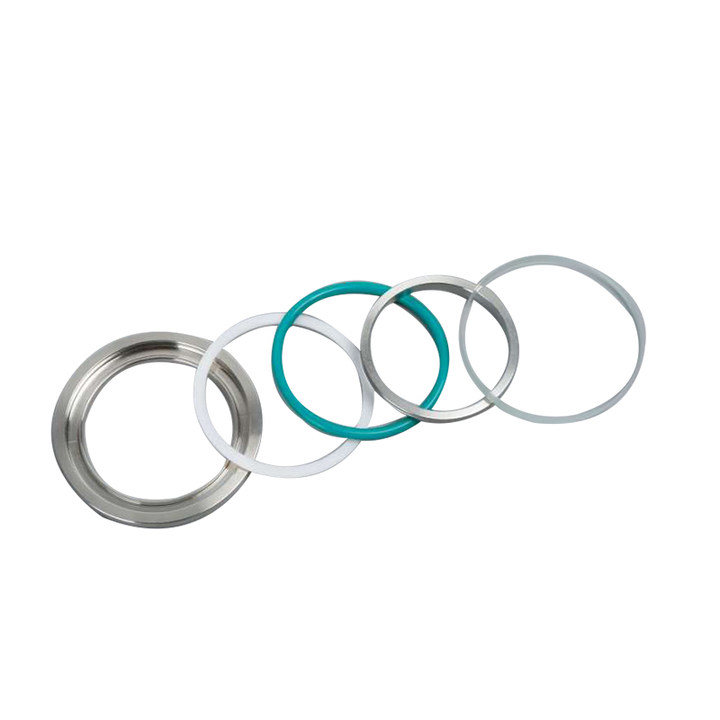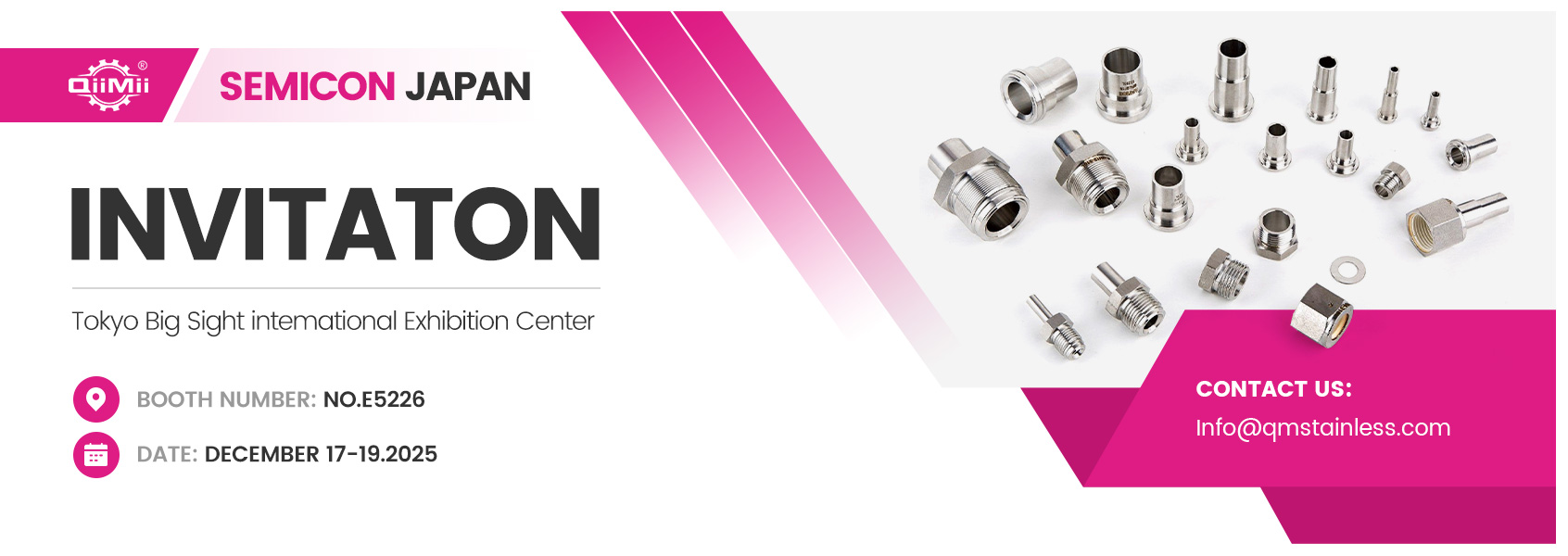What Is a Pressure Relief Valve?

 by admin
by adminWhen running systems that handle fluids or gases—be they industrial pipelines or commercial storage tanks—the term “pressure relief valve” pops up often. Yet many buyers and system operators struggle to pin down a clear definition of this device, and how it differs from other types of valves. This guide focuses solely on answering “what is a pressure relief valve,” breaking down its core identity, main goal, and key features to eliminate confusion.
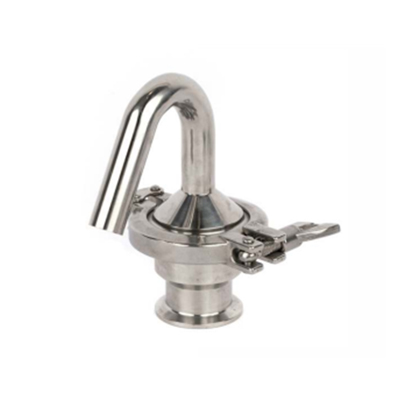
The Basic Definition of a Pressure Relief Valve
At its heart, a Pressure Relief Valve is a safety-focused device created specifically for closed systems (such as storage tanks, industrial pipelines, or processing equipment) that operate under pressure. Its only primary job is to stop “overpressure”—a scenario where the pressure inside the system goes beyond safe, recommended limits.
One vital part of this definition stands out: The valve doesn’t require human interaction to work. When system pressure climbs above a pre-set, manufacturer-calibrated threshold, the valve opens on its own to release excess fluid or gas. As soon as the pressure drops back to a safe range, the valve closes automatically and the system can resume normal operation. Put simply, it’s a self-operating safety guard for systems that rely on pressure to function.
Key Traits That Define a Pressure Relief Valve
To fully understand “what a Pressure Relief Valve is,” you need to recognize the non-negotiable traits that set it apart from other valves. These traits are central to its identity:
Automatic operation: Unlike manual valves (that need someone to turn a handle) or even some automated valves (which rely on external controls), a pressure relief valve works independently. It reacts directly to pressure changes, no outside signals or human action required.
Pre-set pressure threshold: It never acts at random. Before installation, the valve is calibrated to a precise pressure level (matching the system’s safe operating range). It only opens when pressure crosses this exact threshold—ensuring it doesn’t activate unnecessarily, and doesn’t fail to activate when it’s needed.
Safety-first design: Every component of the valve (from its build materials to its internal mechanisms) is engineered to prioritize safety. For example, its opening and closing actions are designed to be reliable even during sudden pressure spikes, and it’s built to release enough pressure quickly to avoid system damage or hazards.
Conclusion
In short, a Pressure Relief Valve is an automated, safety-focused device meant for closed pressure systems. Its core identity is shaped by three key traits: it works on its own without human input, activates only at a pre-set pressure threshold, and is fully designed to prevent overpressure risks. These features ensure it protects equipment and keeps safety a top priority in any pressure-based system.
If you’re searching for Pressure Relief Valves that match this core definition (made for reliability and safety in fields like food processing, pharmaceuticals, or beverage production), you can visit our product page to explore options built to meet these key standards.



